LiDAR
Latest
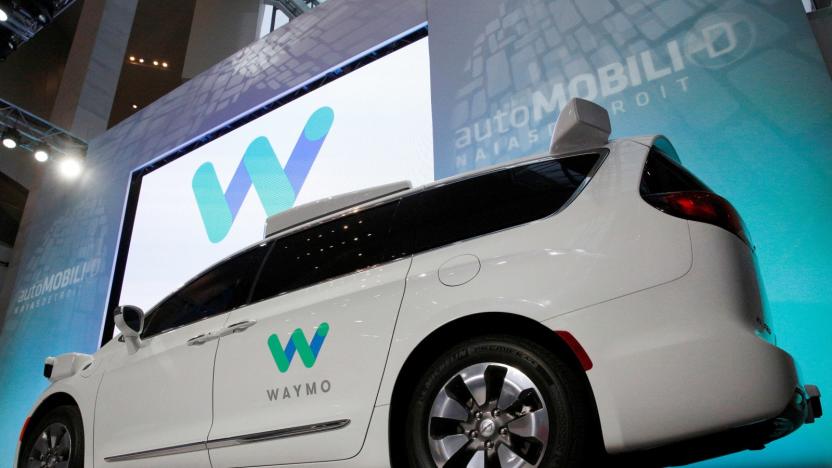
Waymo wants $2.6 billion from Uber for a single trade secret
During a hearing today wherein Alphabet's self-driving unit Waymo asked a judge to delay its upcoming trial against Uber in order to review new evidence, Reuters reports that one of Uber's attorneys said Waymo is seeking $2.6 billion for the alleged theft of one of the trade secrets listed in its complaint. That's a heck of a lot of money, especially considering that single trade secret -- and it's not clear which one it is -- is one of nine total. What damages Waymo is requesting for the other eight weren't disclosed.
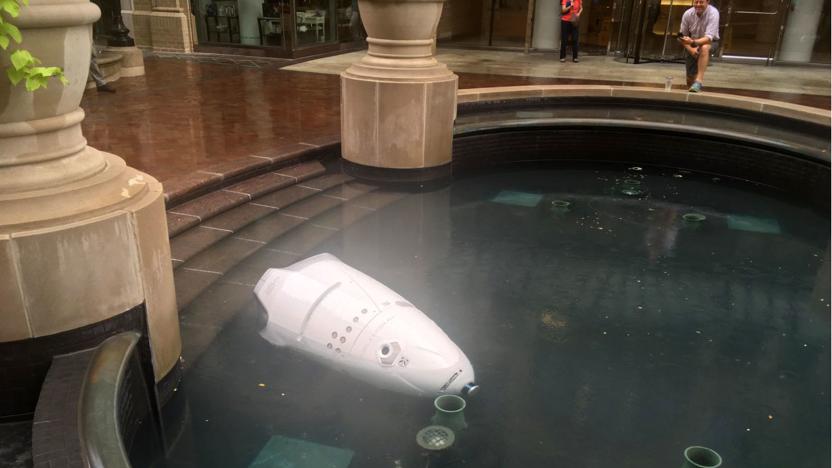
Panasonic's LiDAR sensor will stop embarrassing robot falls
Far from the killing machines many fear, most commercial robots are tipsy contraptions that can barely see in front of them. Panasonic wants to help them out with its new 3D LiDAR specifically designed for mobile robots rather than autonomous cars. It can scan as wide as 60 degrees vertically and 270 degrees horizontally, allowing for "detection of objects on the ground precisely as well as the roughness of the ground surface," Panasonic explains.
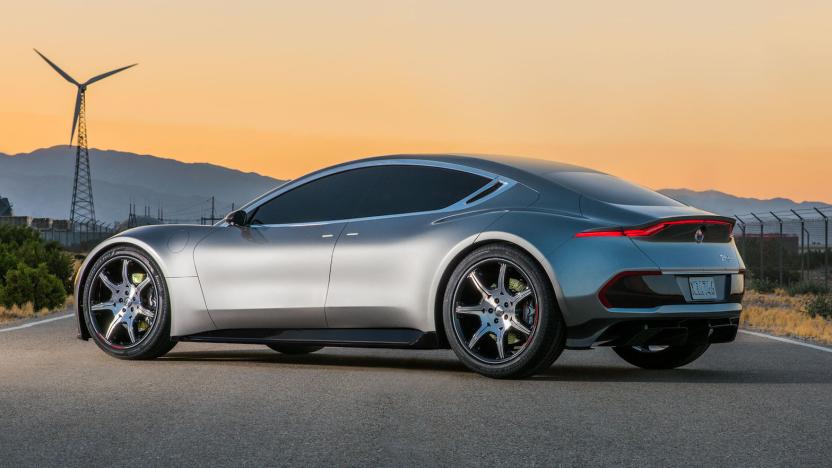
Fisker’s luxury EV will debut in January at CES 2018
Legendary car designer Henrik Fisker has announced when we'll finally get to lay eyes on his electric luxury EMotion sedan in person. The car will debut in January at CES 2018. As Fisker told TheStreet, the team behind the vehicle will also introduce some of the tech behind the EMotion, like its battery pack and LIDAR technology for autonomous driving, though that's still in development. The battery can reportedly charge in just nine minutes and the car has a 400 mile range.
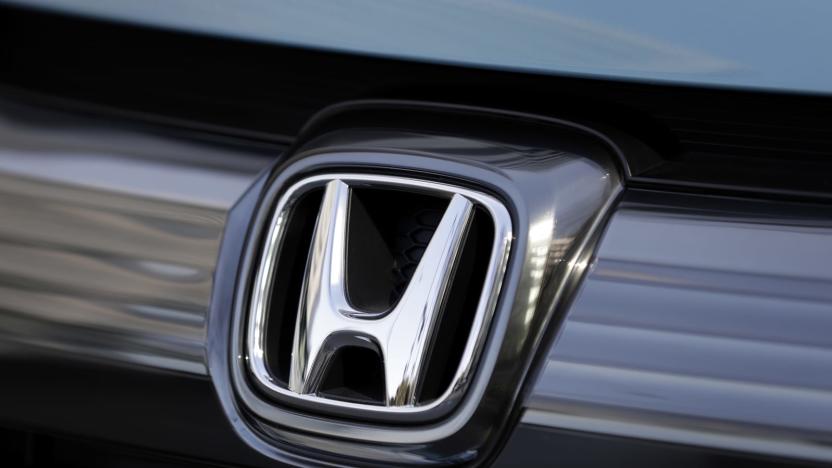
Honda sets 2025 deadline to perfect self-driving cars
Japanese car giant Honda has broken down its plans for fully autonomous vehicles, confirming that it intends to introduce cars that require no driver intervention by 2025. In a statement, the company clarified that it will install its autonomous freeway drive system in vehicles by 2020, giving itself an additional five years to develop vehicles that can handle all necessary road conditions without human assistance.
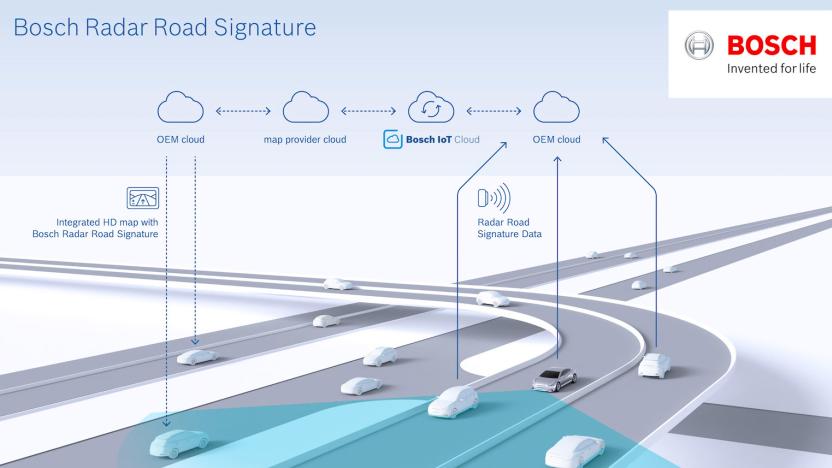
Bosch and TomTom map roads with radar for autonomous vehicles
Bosch and TomTom have come together to create high-resolution road maps based on radar signals. The product of the two companies' collaboration, a system called "radar road signature," is a move towards automated driving.
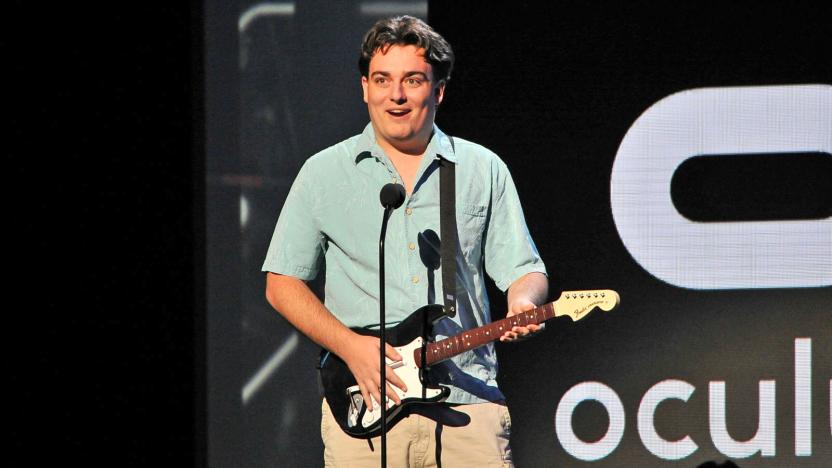
Palmer Luckey wants to develop a ‘virtual’ border wall
Palmer Luckey, co-founder of Oculus, has revealed that he is working on a new startup that will develop virtual border wall technology. Luckey confirmed as much to The New York Times, which reported that he is in the early stages of building a platform that would automatically watch borders. The system would use a combination of infra-red sensors and LIDAR, the same light-detection gear found in most autonomous cars. The idea would be to use the technology to secure military installations, buildings and in place of a physical border wall.
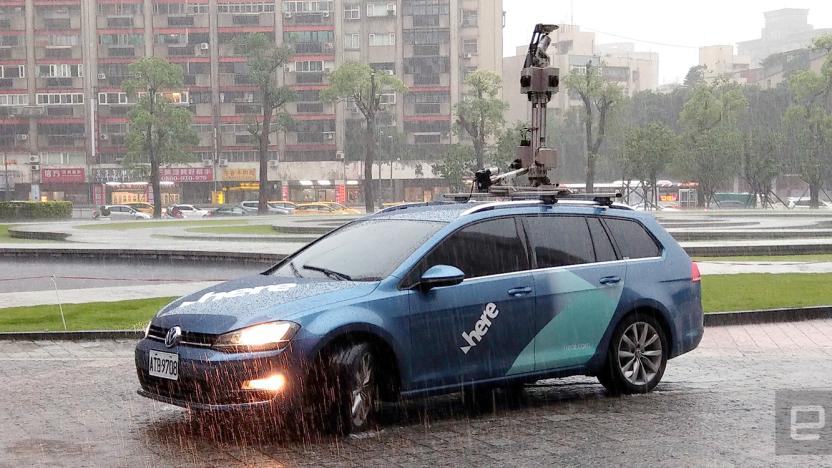
Here's updated mapping vehicle paves way for self-driving cars
It may have been a while since we last we came across a Here 3D mapping vehicle, but that's not to say the company hasn't been using its cars lately. In fact, the Here True collection vehicle is now in its third revision, and I got to hop on one -- based on a Volkswagen Golf Variant 280 TSI Highline -- during Computex. The ride features much faster D-GPS tracking that no longer requires a half-hour calibration (to reach an accuracy of under one meter), along with a Velodyne LiDAR with an accuracy of better than 2cm (within a range of up to 70 meters) and four 16.2-megapixel MARS panoramic cameras. This set of gear is almost identical to what we've seen before, so the real highlight this time is the updated backend to support high-definition mapping.

Uber fires self-driving lead and focus of Waymo lawsuit
Uber has taken a stand in the current legal wrangling around its vice president of technology, Anthony Levandowski. According to The New York Times, the ride-sharing company has fired the former Google employee who came to Uber's own self-driving automobile division. Google sued Uber recently, claiming that Mr. Levandowski allegedly took some 14,000 documents containing research on LiDAR and other autonomous driving technology when he left Waymo.

Judge sends Uber/Waymo case to DOJ for investigation
In the latest bad news for Uber, the judge presiding over its trade secrets lawsuit with Google self-driving car unit Waymo has asked federal prosecutors to investigate the case. Reuters and Bloomberg report that US District Judge William Alsup said he is not taking a position on whether or not charges are warranted, but this is the second investigation into Uber, along with an inquiry into its "greyballing" scheme. At the same time, he denied a request by Uber to take the case to private arbitration, opting to keep things in the public eye, and also partially granted Waymo's request for an injunction.
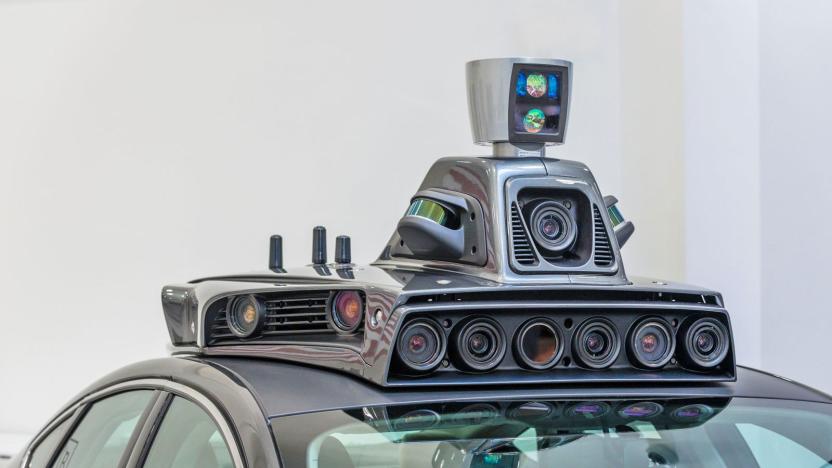
Uber self-driving lead steps aside due to Waymo's lawsuit
While Waymo -- the company formerly known as Google's self-driving car project -- continues to sue Uber over stolen trade secrets, the former employee at the center of its charges will "be recused from all LiDAR-related work and management." Levandowski left last year to found a self-driving truck company called Otto, which was then purchased by Uber in an arrangement that Waymo lawyers claim was planned as a way to steal thousands of pages of confidential materials. Now Business Insider has obtained an internal memo where he tells employees they'll be reporting to someone else for the duration of the lawsuit.
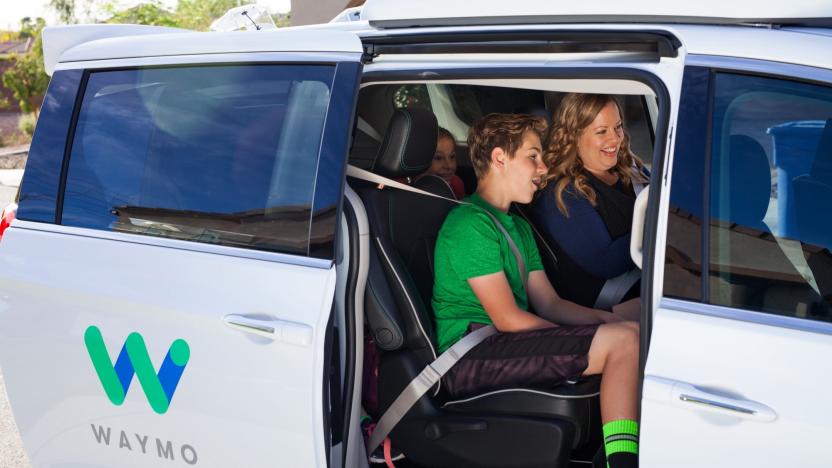
Waymo is ready to offer public rides in its self-driving minivans
While Alphabet's legal battle with Uber continues to rumble on, its Waymo self-driving initiative is going from strength to strength. Its laser-mounted white minivans are consistently proving their reliability on the roads and besting their rivals, so much so that the company now wants humans to get involved. In a blog post, the company today announced that it's expanding its test program in Phoenix by allowing families to register for its early rider program.

Waymo says Uber hid a LiDAR device based on its technology
The legal battle Waymo waged against Uber is getting more and more intense, and the Alphabet-owned division is showing no signs of slowing down. It has just accused the ride-hailing company of covering up a trade secret theft in a new set of court of documents. Waymo says Uber hid a Light Detection and Ranging (LiDAR) device -- the system that serves as self-driving cars' "eyes" -- that former Google engineer Anthony Levandowski developed based on its technology. If you'll recall, Waymo filed the lawsuit after another one of its engineers revealed that Levandowski downloaded 9.7 GB of confidential materials related to its self-driving system before leaving company. He then established Otto, the autonomous truck company that Uber ended up acquiring for its own self-driving ambitions.
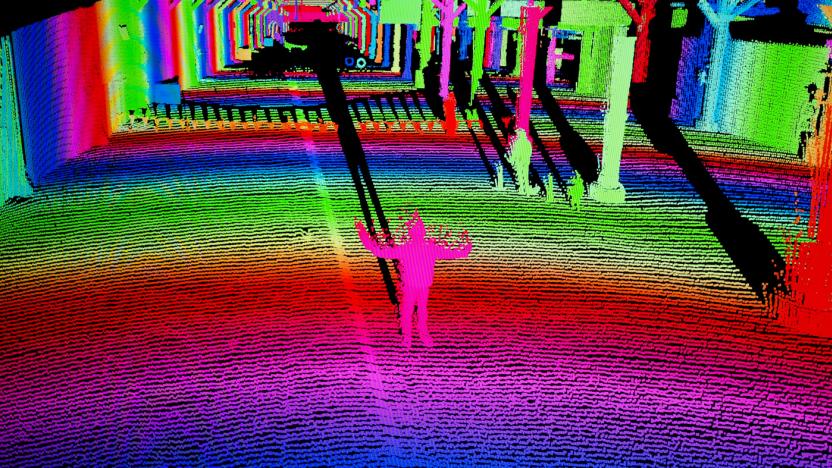
The promise of self-driving cars starts with better 'eye-sight'
San Francisco's Pier 35 usually hosts cruise ship guests boarding and unboarding their giant floating hotels. It's a cavernous building hundreds of meters long which actually makes it the perfect indoor facility for demoing what 22 year-old Luminar CEO Austin Russell hopes is the future of LiDAR. The company has developed a higher-quality laser sensor that just might make it the darling of the autonomous car world.

Uber's legal defense: Waymo does LiDAR better, for now
Uber has finally responded via the courts to Waymo's allegation that it's using the Alphabet company's Lidar technology. The ride-hailing company called Waymo's injunction motion to stop using technology that was allegedly misappropriated from Google servers a "misfire." It also insisted that because it's developing multi-lens LiDAR technology instead of the single-lens that Waymo uses, it's not using stolen technology.
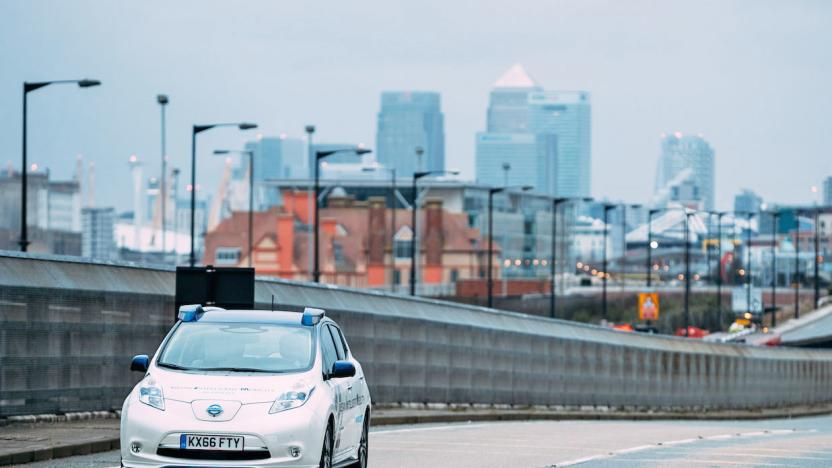
Why London is a self-driving nightmare for the Nissan Leaf
For the people sitting in the lobby of the Aloft ExCel, a premium hotel in the heart of London's Docklands district, it was a typical day. Some were there on business, others to see the city. A handful of parents were patiently waiting to be ushered in for their weekly mother and baby swimming classes. However, in one corner, just out of view, were some of the top executives from Japanese car maker Nissan. They were busy making last-minute preparations for a self-driving vehicle that has been quietly traversing London's streets as part of the first ever European tests. These secret experiments -- the first Nissan has conducted in Europe -- could shape how Brits travel in the coming years.

Alphabet sues Uber over Waymo's self-driving car tech
Waymo, Alphabet's autonomous car business, has sued Uber for stealing crucial technical information about its self-driving technology. Waymo's lawsuit targets Otto, a promising self-driving truck startup that Uber acquired in mid-2016. As we noted in August, Otto was founded and staffed by former Google employees, including Anthony Levandowski. "We found that six weeks before his resignation this former employee, Anthony Levandowski, downloaded over 14,000 highly confidential and proprietary design files for Waymo's various hardware systems, including designs of Waymo's LiDAR and circuit board," Waymo writes.
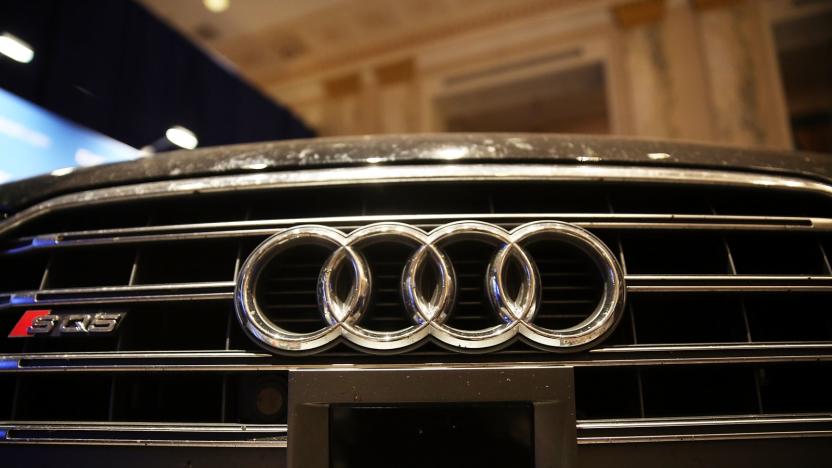
Auto supplier wants to make LiDAR cheaper for automakers
Infineon announced on Monday that it is buying Innoluce BV, a Dutch company that manufactures teensy LiDAR modules, in hopes of using the technology to bring self-driving car technology into the mainstream. "We intend to make lidar an affordable feature for every new-built car worldwide," Peter Schiefer, the head of Infineon's automotive division, said in a statement.

Ford plans to have fully autonomous cars on the road in five years
At the Ford Research and Innovation Center in Palo Alto, California the automaker announced it would have a fully autonomous car on the road with a ride sharing service in 2021. CEO Mark Fields said self-driving cars will be as important to Ford as the assembly line. "We're designing the first generation of autonomous vehicles specifically for ride sharing and ride hailing," Fields told the audience.
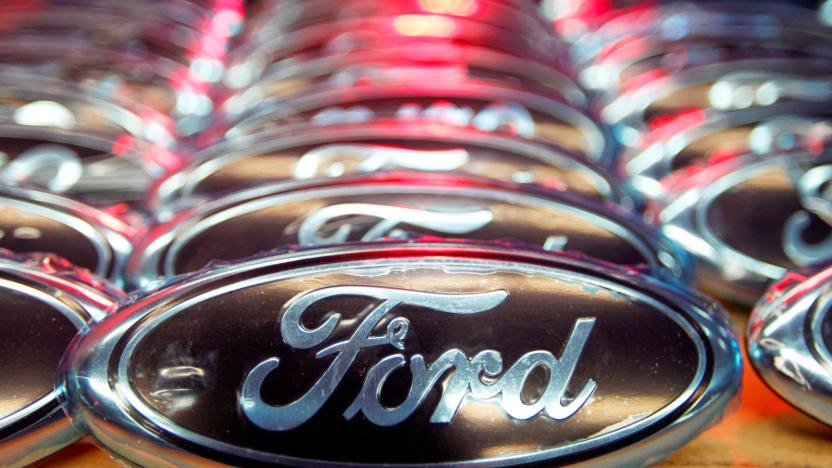
Ford and Baidu both keen on investing in self-driving tech
Auto manufacturer Ford and Chinese search company Baidu are hard at work resarching self-driving technology, but are obviously looking for ways to make it simpler to get things done. The two companies have just announced a joint investment of $150 million in Velodyne, a firm that creates LIDAR sensors.
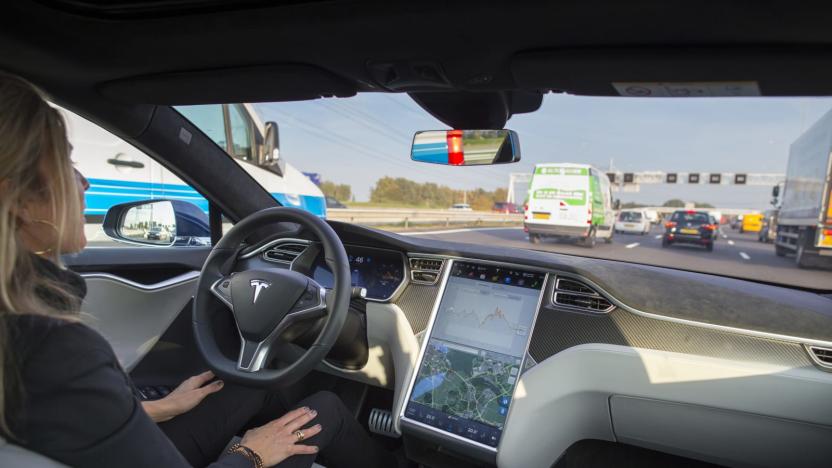
Tesla hopes existing tech improves its semi-autonomous driving
Many have speculated that Tesla could have prevented the Autopilot-related Florida crash if its cars had lidar (visible light detection and ranging) to better understand the world around them, not just cameras and radar. However, Tesla might have a way to improve its semi-autonomous driving without grafting on new equipment. Elon Musk explains that his company hopes to adapt its existing radar systems to produce a lidar-like map of the surrounding environment with the help of "temporal smoothing" that compares object positions over time. The current hardware should produce a high-enough resolution for this to work, he adds. And unlike lidar, it can see through dust, rain and snow.












